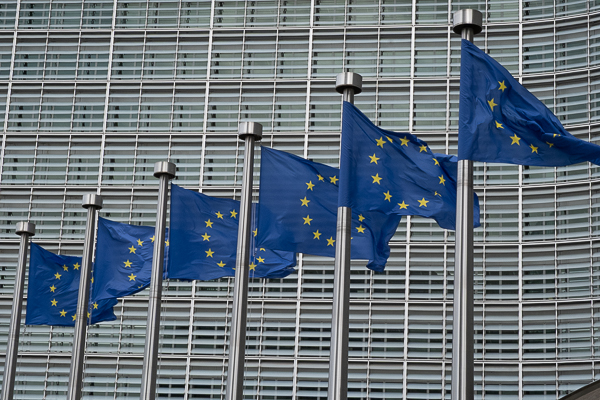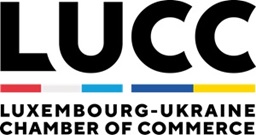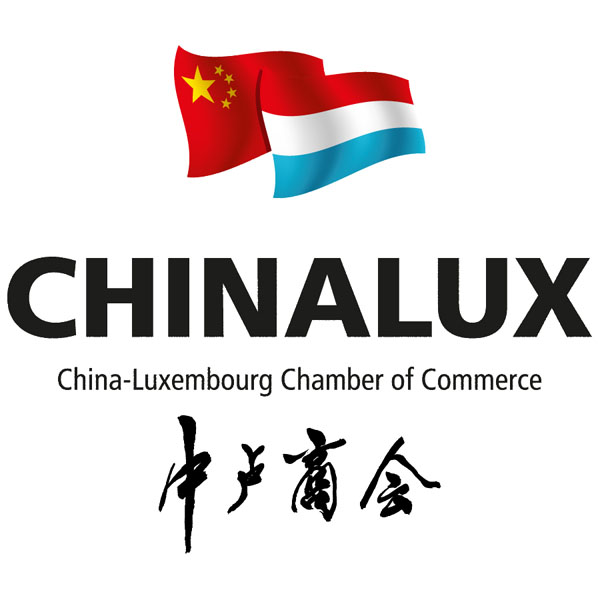 Credit: Ali Sahib, Chronicle.lu
Credit: Ali Sahib, Chronicle.lu
On Tuesday 7 October 2025, the European Commission proposed a plan to protect the EU steel industry from the consequences of global overcapacity, aiming to safeguard the long-term viability of a strategically important sector.
According to the Commission, the proposal maintains the principle of open trade while reinforcing dialogue with global partners and would replace the current EU steel safeguard measure when it expires in June 2026. Key elements include:
- limiting duty-free import volumes to 18.3 million tonnes per year (a 47% reduction compared to the 2024 steel quotas);
- doubling the out-of-quota duty to 50% (from 25% under the safeguard);
- strengthening market traceability via a “Melt and Pour” requirement to prevent quota circumvention.
The Commission stated the measure is fully compliant with WTO rules. Once mandated by the Council, it will engage relevant trading partners under GATT Article XXVIII to propose country allocations. Given their integration in the EU internal market under the EEA Agreement, exports from Norway, Iceland and Liechtenstein would not be subject to tariff-rate quotas or customs duties. The Commission added that the interests of a candidate country facing an exceptional and immediate security situation, such as Ukraine, should be considered when allocating quotas, without undermining the measure’s effectiveness.
Next steps
The proposal will proceed under the ordinary legislative procedure. A Council decision authorising negotiations must be adopted by qualified majority. Once adopted by the Council and Parliament, the new measure would replace the existing safeguard upon its expiry in June 2026.
Background
Steel is described by the Commission as essential to the EU economy and the green transition, with production sites in over twenty Member States. The EU steel industry is the world’s third-largest producer, directly employing about 300,000 people and indirectly supporting around 2.5 million jobs. The sector is currently under pressure from unsustainable levels of global overcapacity, more than five times the EU’s annual consumption, weakening competitiveness, constraining investment (notably in decarbonisation) and threatening long-term viability.








